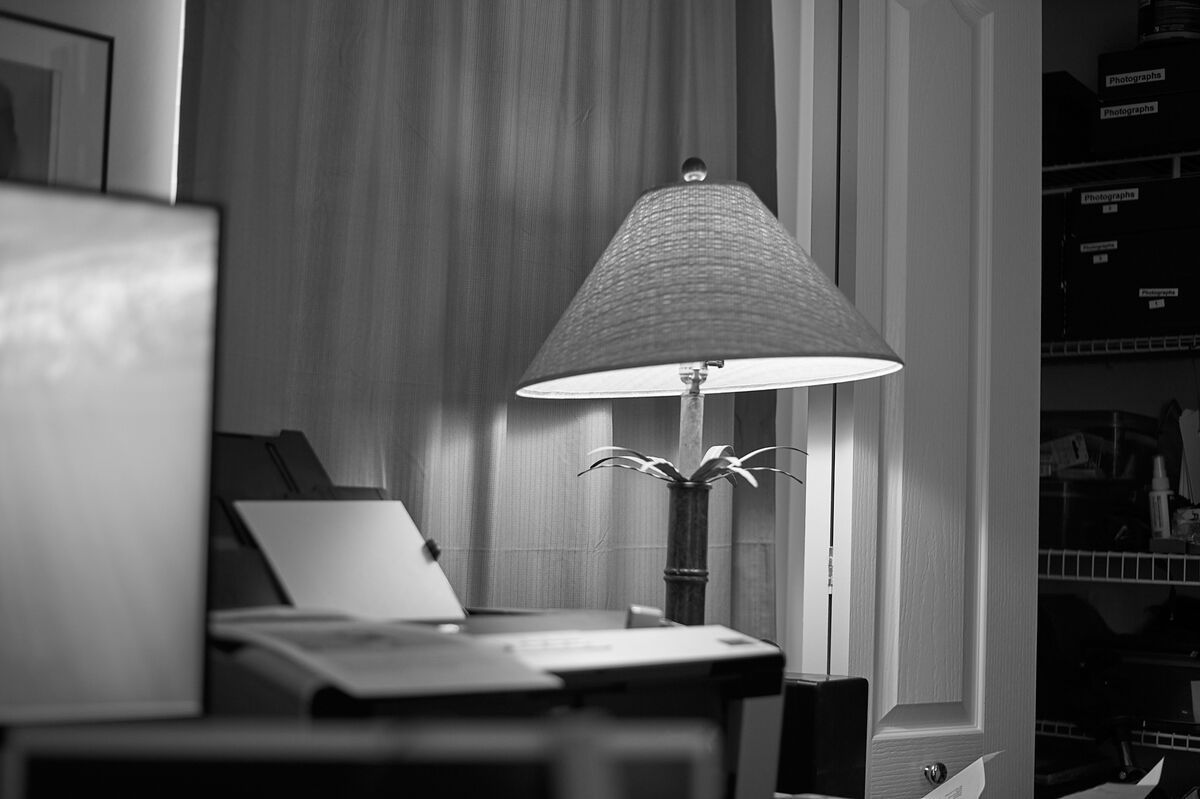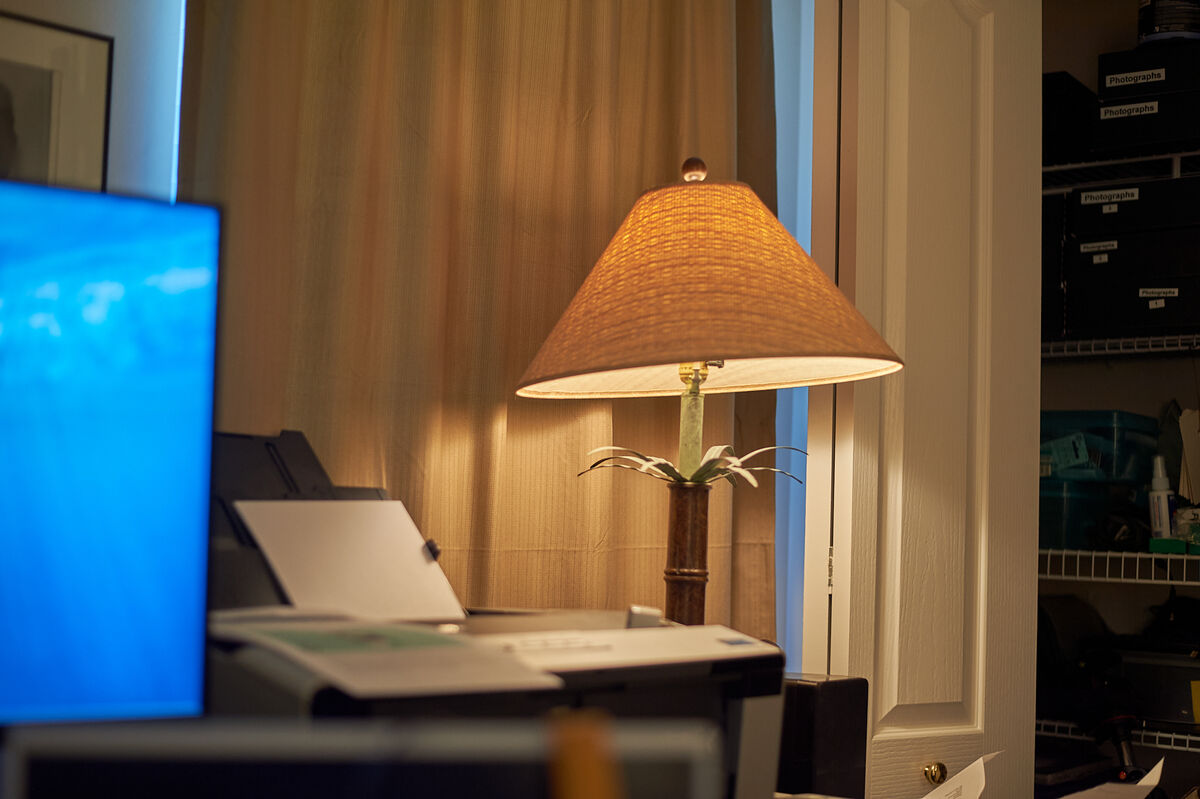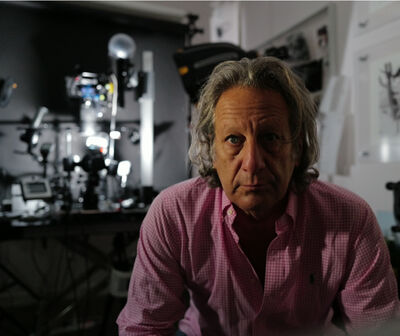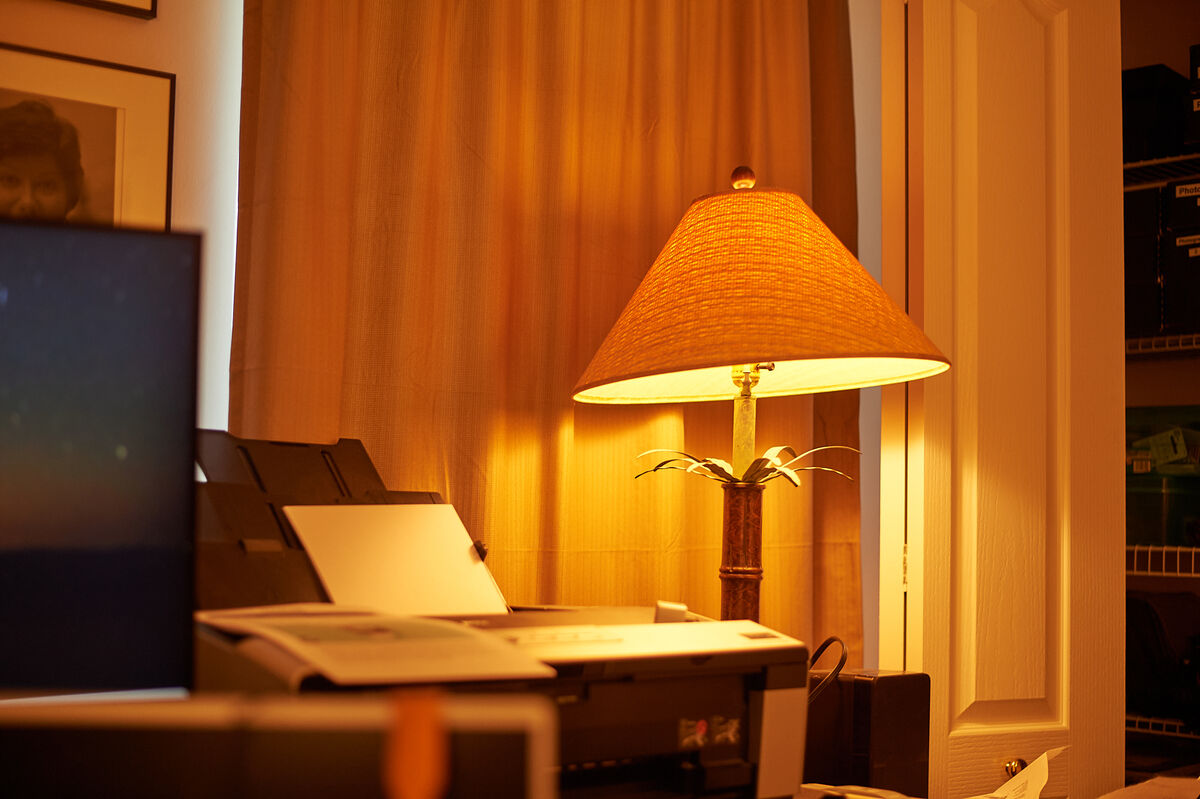Raw files looks dark
Sep 20, 2023 09:38:47 #
Jimmy T wrote:
Topaz Photo AI result.
Too contrasty & the colors are all wrong, but??? . . . .
Best Wishes,
JimmyT Sends



Too contrasty & the colors are all wrong, but??? . . . .
Best Wishes,
JimmyT Sends



I think the underside of the "mushroom" is a problem area and it needs to be selected and given its own adjustments (I didn't do that for my edit in the interests of keeping things simple). If it was a small, unobtrusive area it probably wouldn't matter but in this shot it's one of the main focuses of interest.
The thing about deep shadows is it depends on how deep they are and how much lifting they need. I contend that having to resort to selections is nothing to be ashamed of
 .
.Sep 20, 2023 09:47:19 #
R.G. wrote:
I think the underside of the "mushroom" ... (show quote)
It's just more effort (skill) to accomplish. And then, is this image "worthy" for the effort? I'm not so sure...
Sep 20, 2023 09:55:00 #
CHG_CANON wrote:
...is this image "worthy" for the effort? I'm not so sure...
Quality issues aside, it's what the OP was trying to achieve when he took the shot so it will have personal significance for him. And it will be a preserved memory for him.
Sep 20, 2023 10:01:26 #
R.G. wrote:
The thing about deep shadows is it depends on how deep they are and how much lifting they need. I contend that having to resort to selections is nothing to be ashamed of  .
.
 .
.Trying to recover shadows starting from a JPEG is pointless.
I have seen lot's of people try it here and elsewhere on UHH. They usually need to apologize as they post the results.
Sep 20, 2023 10:10:22 #
R.G. wrote:
I think the underside of the "mushroom" ... (show quote)
Thanks for the positive comments R.G.
I never feel as if I am being spanked when you comment.
Given the time & motivation, I could have used masking and been a little more thorough.
Topaz Photo AI is a good start if you consider that the initial pass was made with default settings.
I can only take credit for the "overprocessing" of colors and contrast, grin.
Best Wishes,
JimmyT Sends

Sep 20, 2023 10:11:17 #
selmslie wrote:
It’s in the embedded JPEG and it can be applied to the initial rendering displayed in the raw editor.
Whether it’s a good or bad WB is another issue.
Whether it’s a good or bad WB is another issue.
Here is an example of something that can show up in the embedded JPEG that is ignored by the raw editor.
Nikon Df - Auto WB with picture control set to Monochrome. This is the way that the thumbnail in the raw file looks.

(Download)
Same image - Capture One starts with a color image that uses the WB setting but not the picture control's Monochrome.

(Download)
Sep 20, 2023 10:17:14 #
Checked camera:
- Metering mode: Evaluative
- Manual Selection: 1 Point AF
- EC: 0
- Al Servo AF
The Problem with darker areas showing up as TOO DARK is pervasive, not only with the mushroom pic. That is why must solve problem. Appears solution is combination of camera settings and processing.
- Metering mode: Evaluative
- Manual Selection: 1 Point AF
- EC: 0
- Al Servo AF
The Problem with darker areas showing up as TOO DARK is pervasive, not only with the mushroom pic. That is why must solve problem. Appears solution is combination of camera settings and processing.
Sep 20, 2023 10:24:47 #
selmslie wrote:
Trying to recover shadows starting from a JPEG is pointless.
I have seen lot's of people try it here and elsewhere on UHH. They usually need to apologize as they post the results.
I have seen lot's of people try it here and elsewhere on UHH. They usually need to apologize as they post the results.
It's not ideal but it's enough to demonstrate some basic points.
The basic adjustments that I posted would be similar (but not identical) for the raw file. Raw files can have skewed colours in the deepest shadows when you try to lighten them - it's a camera thing. The OP is looking for ideas that he can try himself on the raw file, not an actual fix that he can use.
Sep 20, 2023 10:26:24 #
Jimmy T wrote:
Thanks for the positive comments R.G.
I never feel as if I am being spanked when you comment.
Given the time & motivation, I could have used masking and been a little more thorough.
Topaz Photo AI is a good start if you consider that the initial pass was made with default settings.
I can only take credit for the "overprocessing" of colors and contrast, grin.
Best Wishes,
JimmyT Sends

I never feel as if I am being spanked when you comment.
Given the time & motivation, I could have used masking and been a little more thorough.
Topaz Photo AI is a good start if you consider that the initial pass was made with default settings.
I can only take credit for the "overprocessing" of colors and contrast, grin.
Best Wishes,
JimmyT Sends

It's more than enough to demonstrate the potential of Topaz AI, which is all the OP needs.
Sep 20, 2023 10:27:43 #
selmslie wrote:
Capture One simply calls the camera's WB setting a... (show quote)


Lightroom Classic has a list of white balance presets that you can choose, but it starts with the "As Shot" conditions, which are shown as chosen by the camera for raw files as Color Temperature (blue-yellow axis) and Tint (green-magenta axis) values with sliders for adjustment. It also lets you choose from all sorts of profiles, including ones you create and save. It defaults to Adobe Color, or whatever global profile you set in the Preferences > Presets > Raw Defaults panel.
Many cameras have added some sort of a "highlight weighted" metering mode. A crude approximation of it can be achieved with careful use of Exposure Compensation while evaluating the look in the viewfinder, provided the camera can display actual exposure, without compensating for brightness of the wide-open lens.
I'm amazed at what even a 12-bit raw file can retain from a scene. But Panasonic's latest camera (Lumix G9 II) uses a special dynamics processor to merge two samples of the raw data together and save the result as a 16-bit raw file. This retains at least an extra stop of detail in high dynamic range scenes. This process is on all the time, in both stills and video, up to 60 frames per second. At faster frame rates, it is turned off due to processor limitations. I'm anxious to try it.
Sep 20, 2023 10:34:55 #
burkphoto wrote:
......Panasonic's latest camera (Lumix G9 II) uses a special dynamics processor to merge two samples of the raw data together and save the result as a 16-bit raw file......
That sounds like a very interesting development - until we get fast and accurate 16 bit ADCs. Until then, 12 bit means 12 stops of dynamic range - at least where the data is concerned.
Sep 20, 2023 11:27:08 #
RichieC
Loc: Adirondacks
Your camera appears to be exposing the highlights decently. I can see detail in highlights with the spire.
Tell us how you you think you adjusted your camera for the shadows.
And tell us how this is a RAW image, as it is a JPEG now. Note you do not really view RAW images, they are converted to a format that is viewable. However if it is a RAW image, the image data is there and available for adjustments with software that can get to it. You could upload the original, and we could see exif data and that would tell us something.
What other cameras are you referring to? (I assume you are comparing images)
If there is a raw version of this image, You should have plenty of detail in the shadows to isolate and adjust in an editing program that can work in 16bit digital negatives, ( RAW) or proprietary versions ( .DXF .NEF .SRC etc. ).
Though through a bus window, which may be tinted, not sure what you are expecting in a final version.
Tell us how you you think you adjusted your camera for the shadows.
And tell us how this is a RAW image, as it is a JPEG now. Note you do not really view RAW images, they are converted to a format that is viewable. However if it is a RAW image, the image data is there and available for adjustments with software that can get to it. You could upload the original, and we could see exif data and that would tell us something.
What other cameras are you referring to? (I assume you are comparing images)
If there is a raw version of this image, You should have plenty of detail in the shadows to isolate and adjust in an editing program that can work in 16bit digital negatives, ( RAW) or proprietary versions ( .DXF .NEF .SRC etc. ).
Though through a bus window, which may be tinted, not sure what you are expecting in a final version.
Sep 20, 2023 11:33:50 #
Sep 20, 2023 11:46:42 #
R.G. wrote:
Raw files can have skewed colours in the deepest shadows when you try to lighten them - it's a camera thing. The OP is looking for ideas that he can try himself on the raw file, not an actual fix that he can use.
The colors in the shadows are different because of the different colors of the incident light. It's not a camera thing.
Look at the image I posted earlier:

There are several different light sources. Nearly everything is in tungsten light and that's what the Auto WB was based on. The blue monitor did not occupy enough of the screen to throw it off. But the light behind the curtain is from a north-facing window, skylight not sunlight.
Even in a routine daylight shot, only the parts in direct sunlight will need a Daylight WB. But anything in the shade won't get the same warm light. It's going to get skylight so the shadows will look bluer.
If we used Daylight WB and part of the scene is inside a building lit by incandescent light you might end up with something like the image below.
Sep 20, 2023 11:54:38 #
larryepage
Loc: North Texas area
Dynamics5 wrote:
Checked camera:
- Metering mode: Evaluative
- Manual Selection: 1 Point AF
- EC: 0
- Al Servo AF
The Problem with darker areas showing up as TOO DARK is pervasive, not only with the mushroom pic. That is why must solve problem. Appears solution is combination of camera settings and processing.
- Metering mode: Evaluative
- Manual Selection: 1 Point AF
- EC: 0
- Al Servo AF
The Problem with darker areas showing up as TOO DARK is pervasive, not only with the mushroom pic. That is why must solve problem. Appears solution is combination of camera settings and processing.
I believe that you have too many variables working here. It is going to be very difficult and frustrating to try to solve all of them at once. My suggestion is to take a step back, put the whole raw issue on the back burner, and focus first on getting your exposure process and results correct. You need to have confidence that you are exposing your shots correctly before trying to do anything else. Go back to PEG, get lots of practice, and review each shot while you are still standing in front of your subject. Look carefully at the image on the rear screen, check out your histogram, and if things aren't quite right, change something and try again, right then. Spend time in your back yard learning how the various metering modes work and how they impact your resulting image. You are going to see that they probably do not function exactly as you may think that they do.
When you feel confident about what you are doing, turn raw back on. But don't turn JPEG off...not yet, at least. It will not hurt you, and it will not damage your camera. Continue to watch what you are doing. Don't take things for granted. Your in-camera meter is very good, but it is not magic.
Pay attention to what you are shooting. Materials matter. The concrete that the mushroom is made of treats light much differently from other materials. Shaded concrete is remarkably different from sunlit concrete. And you already have learned that being in the shade UNDER something is much different from being in the shade on the SIDE of something. Shaded streets with buildings on both sides are quite different from shaded streets with buildings on one side.
What I am proposing to you is different from how most here approach photography. I expect to get some heat. Break the "snap & fix" mentality. You are drawn to interesting subjects to photograph, and I applaud you for that. You'll just need a strong approach to be successful.
If you want to reply, then register here. Registration is free and your account is created instantly, so you can post right away.






